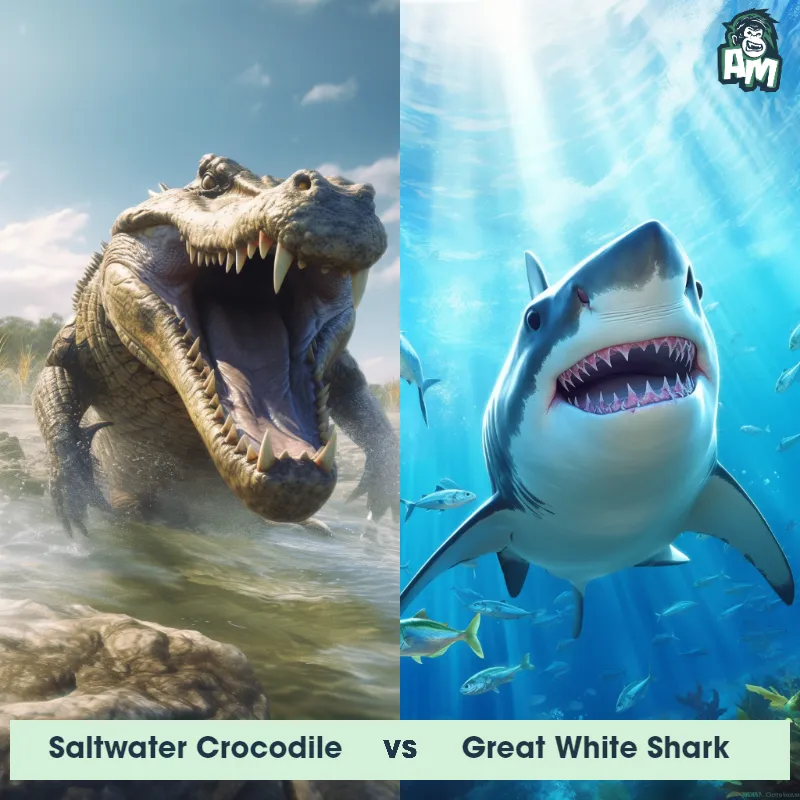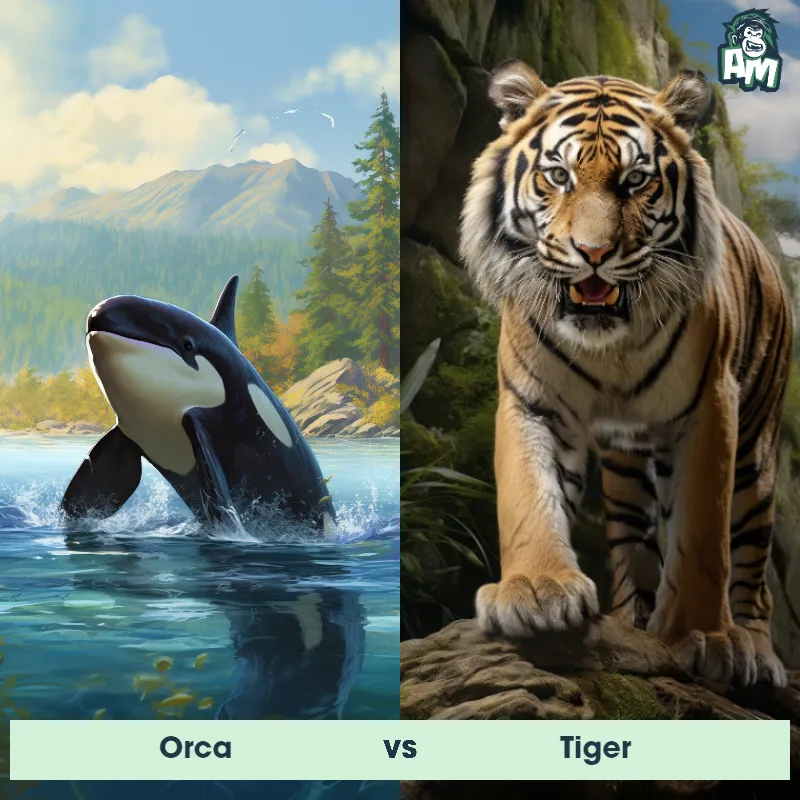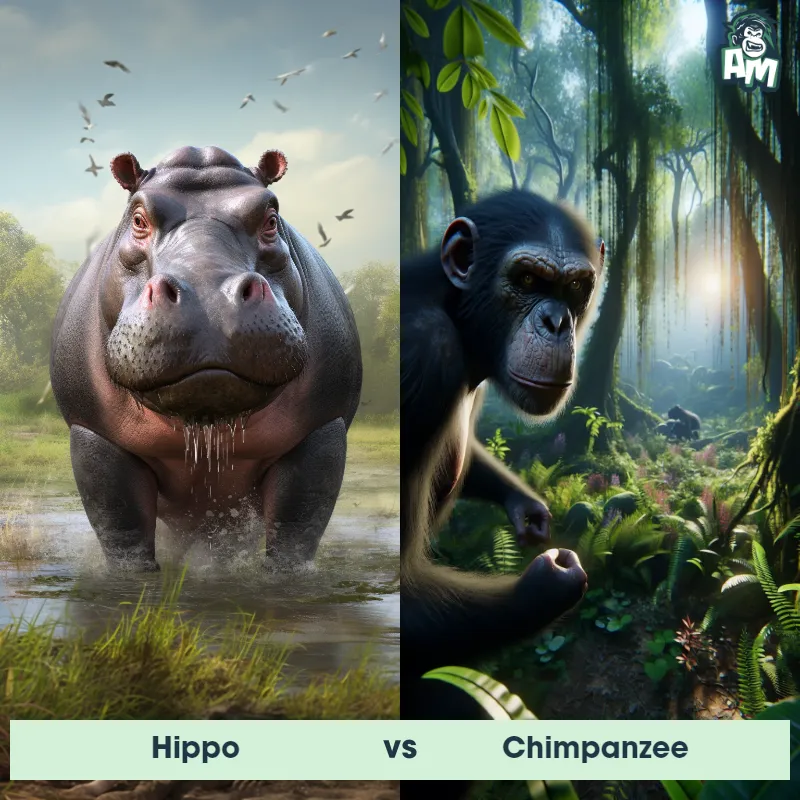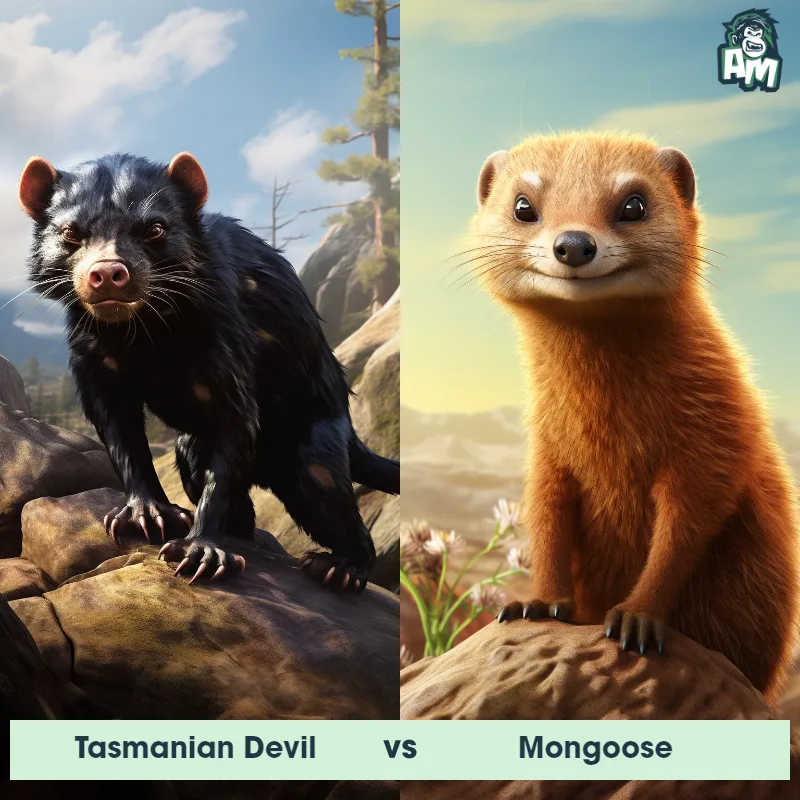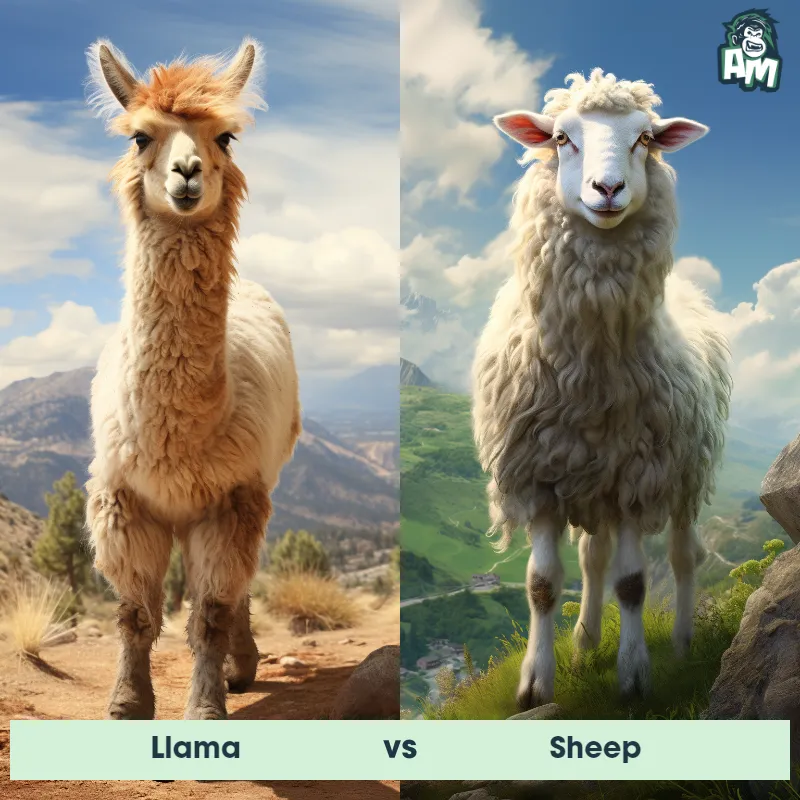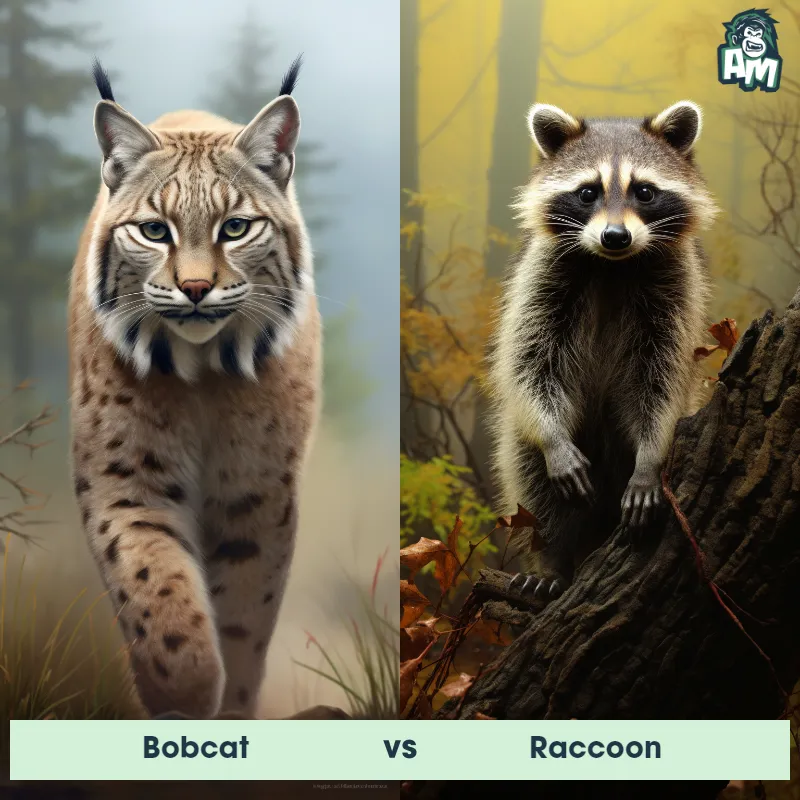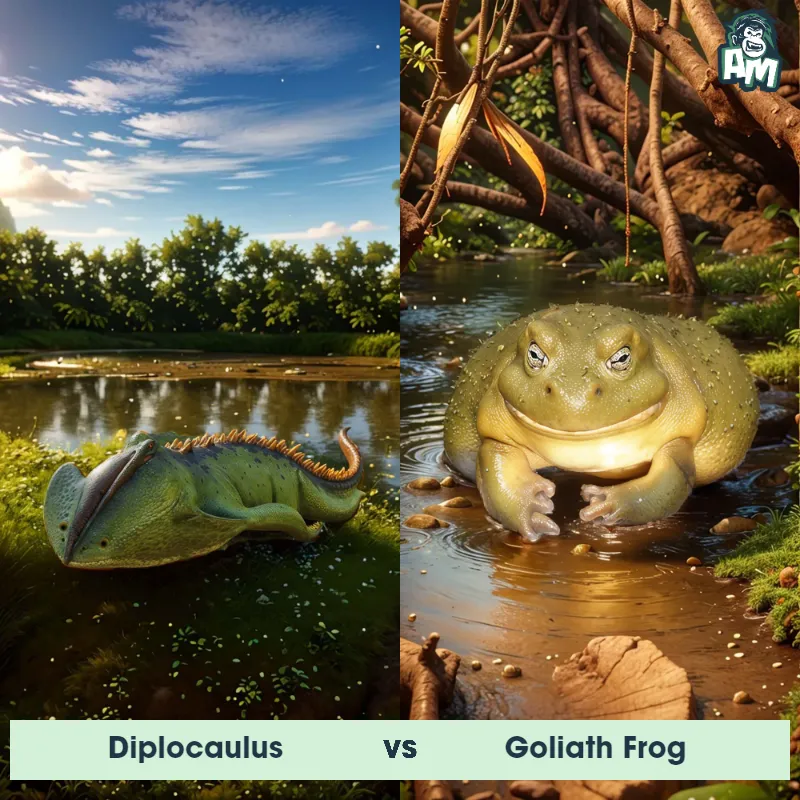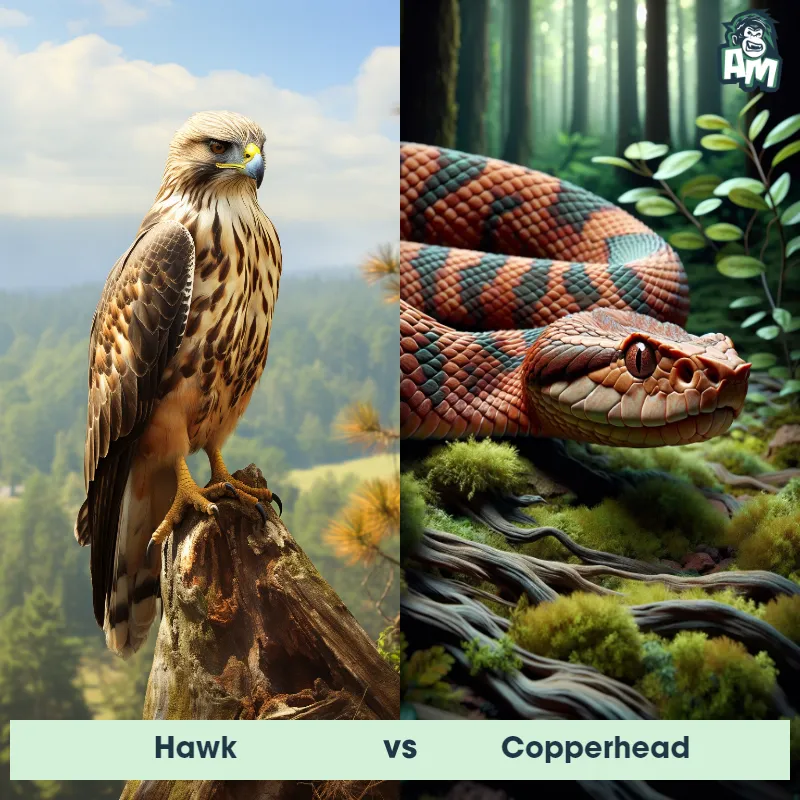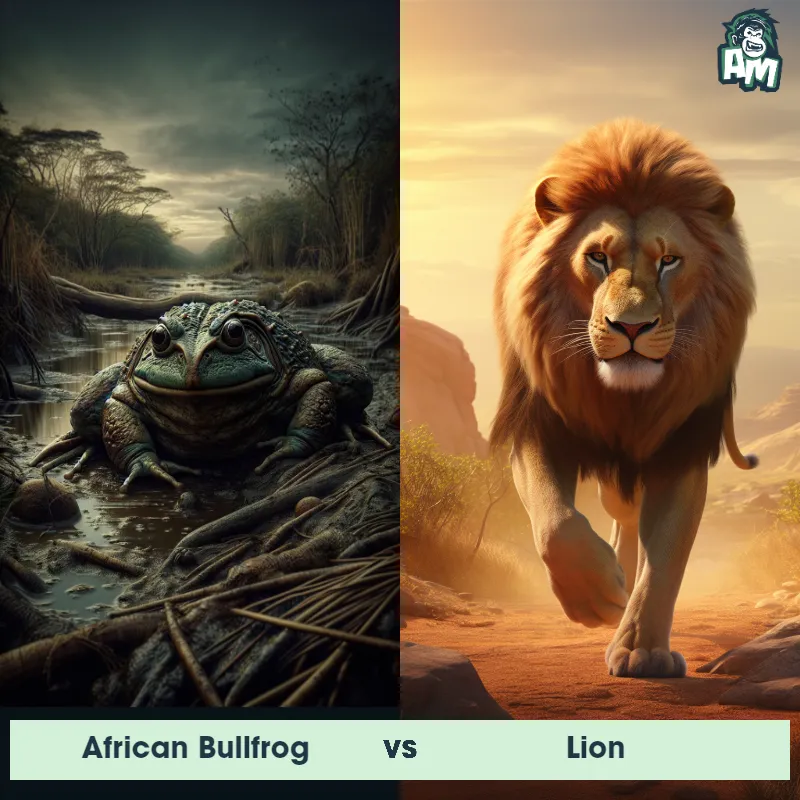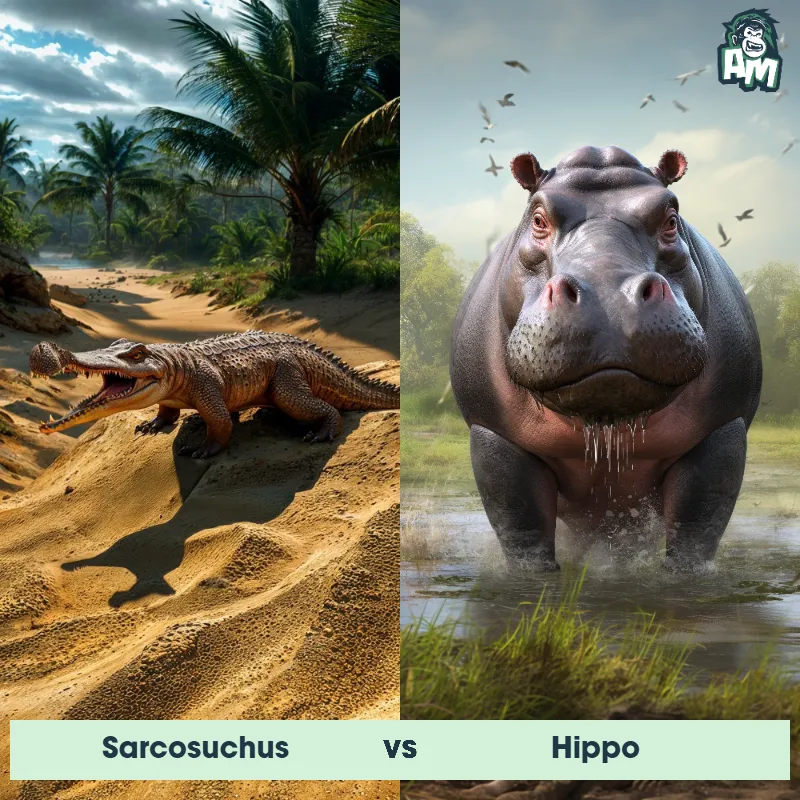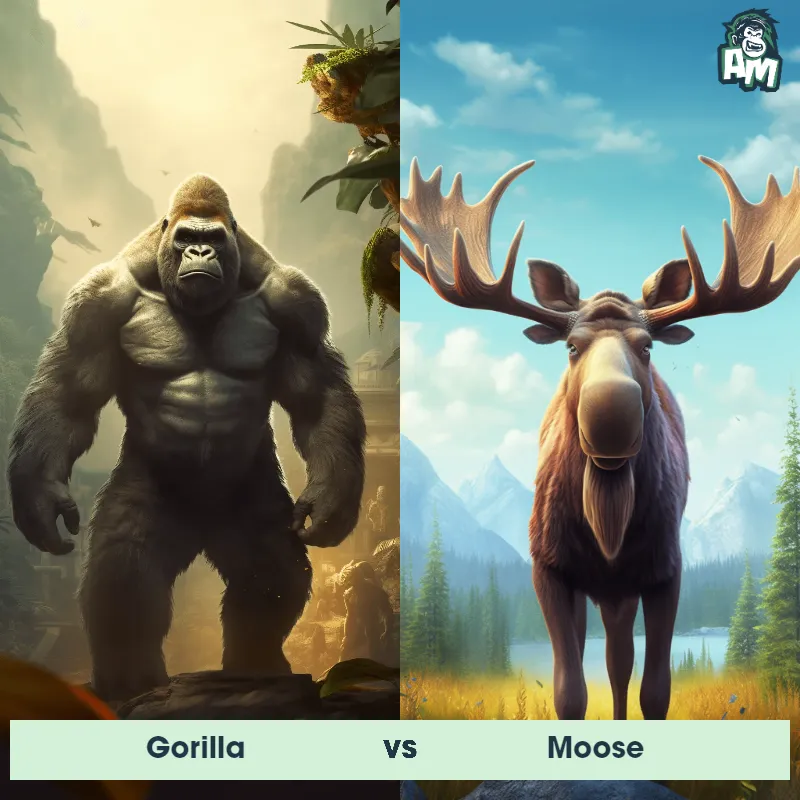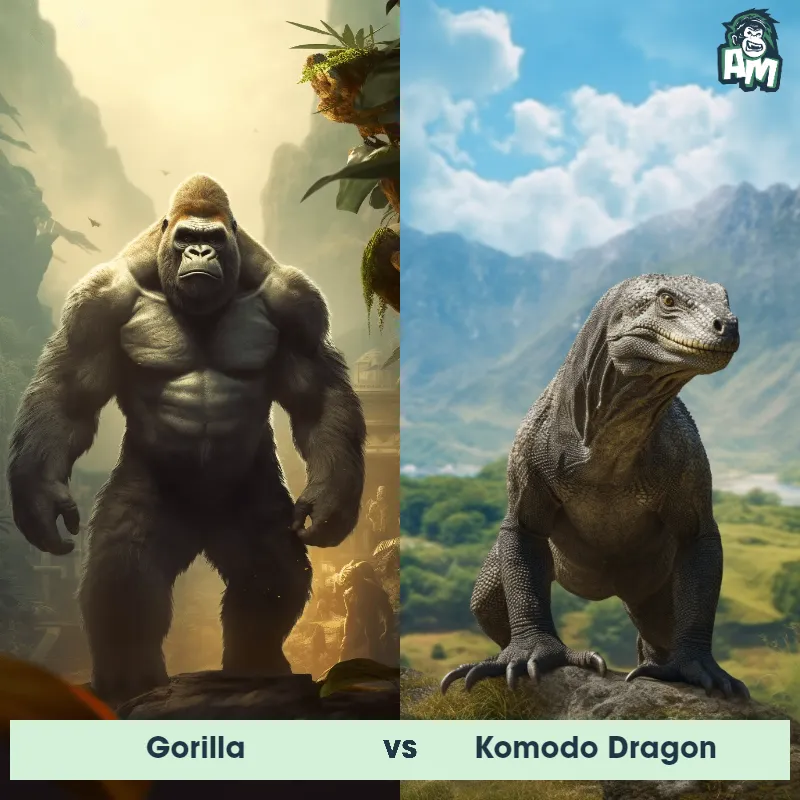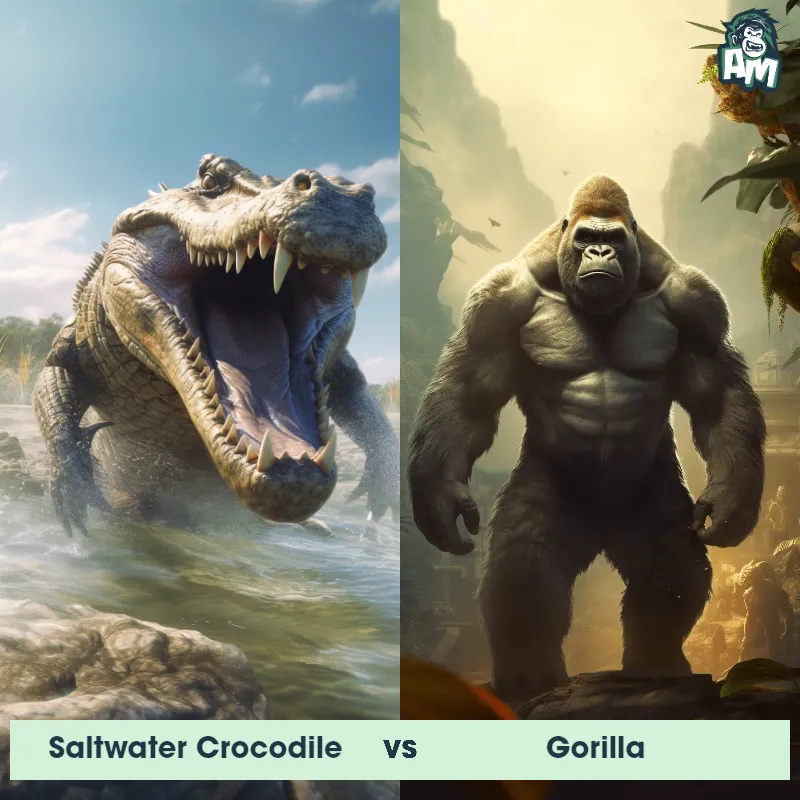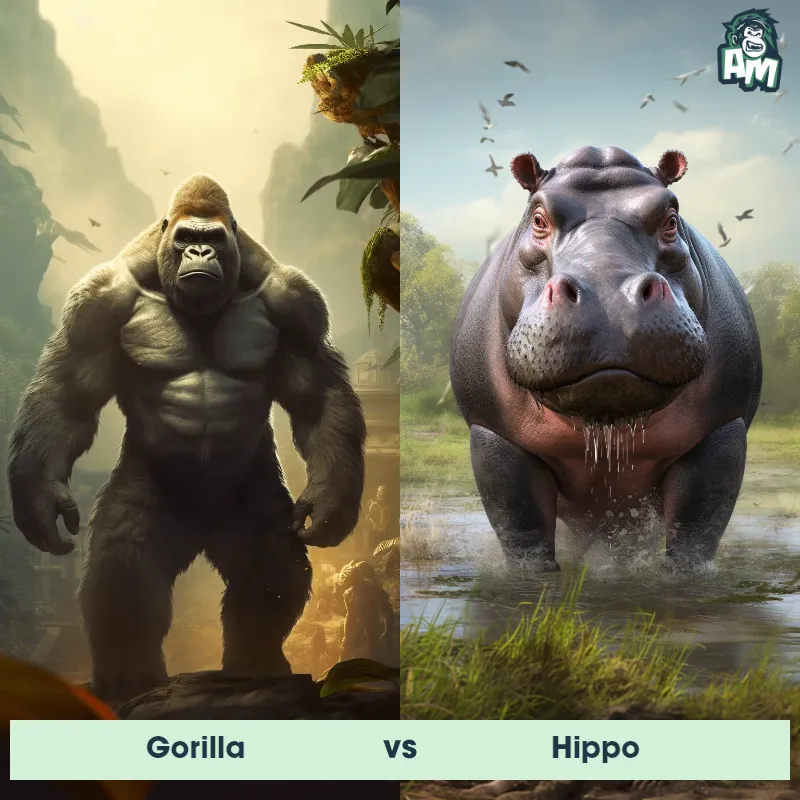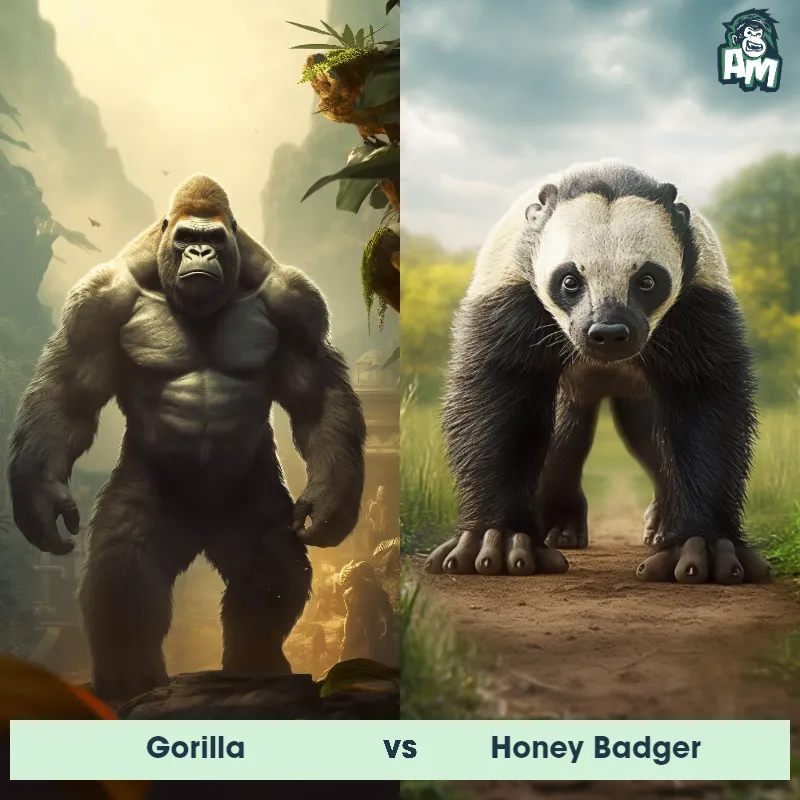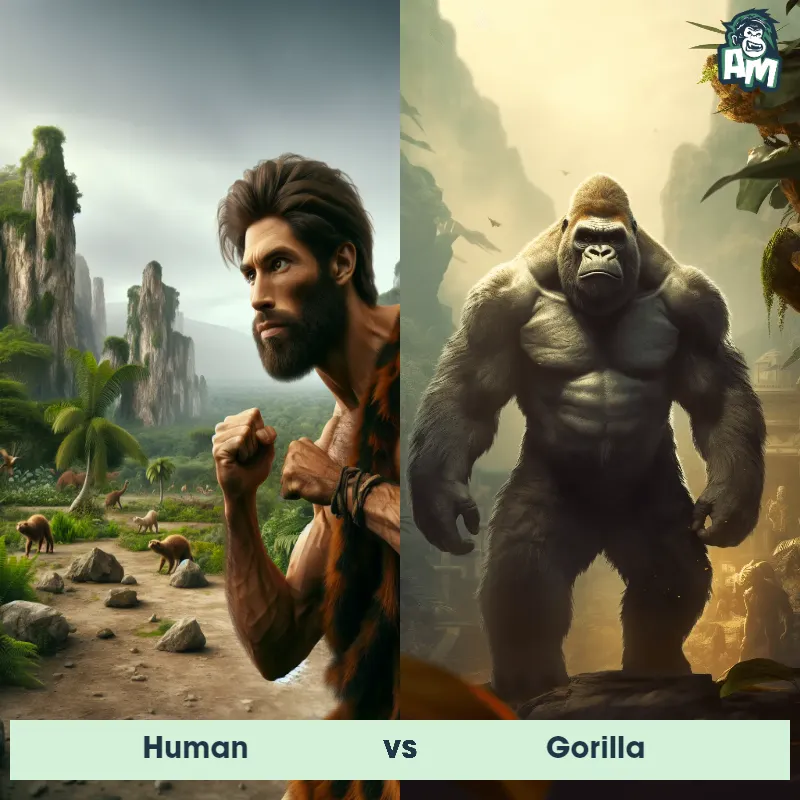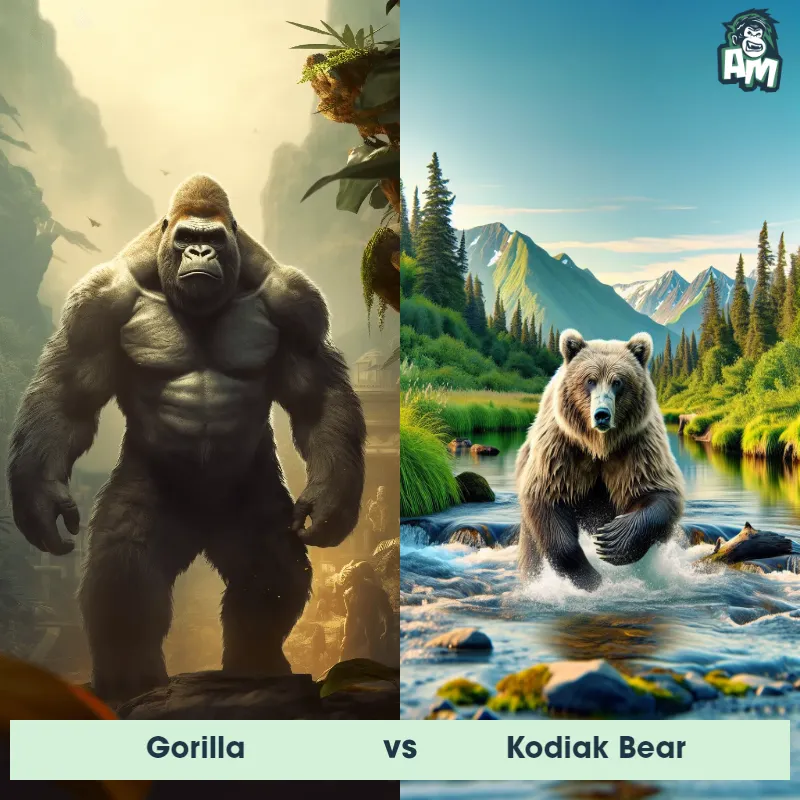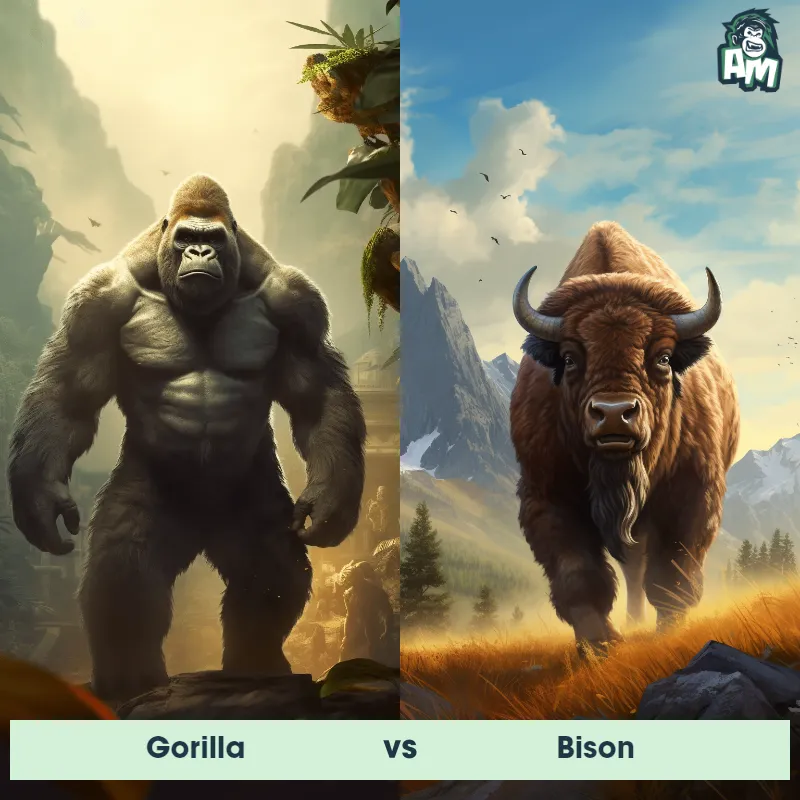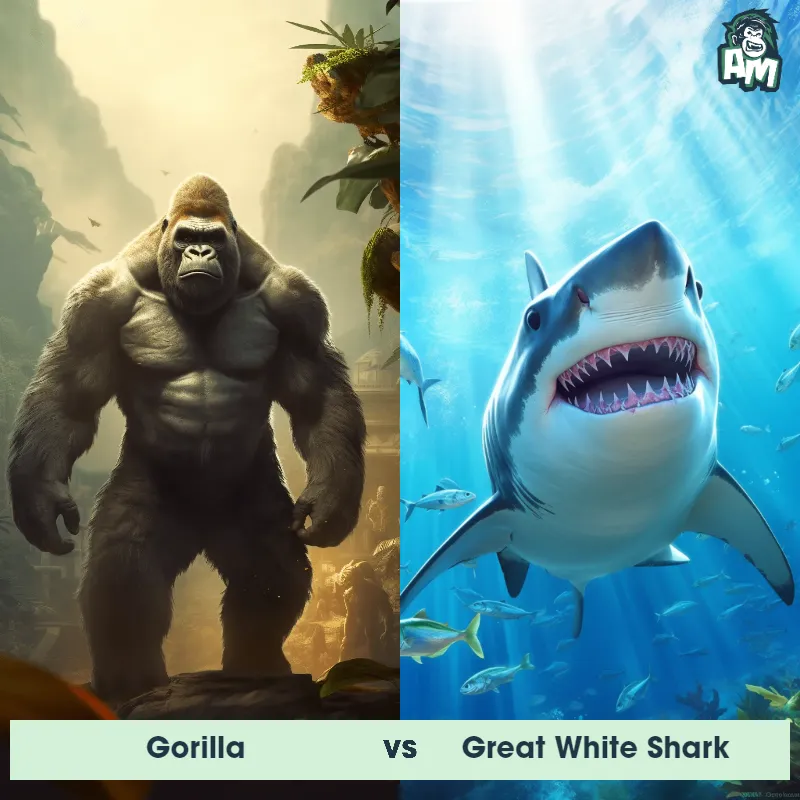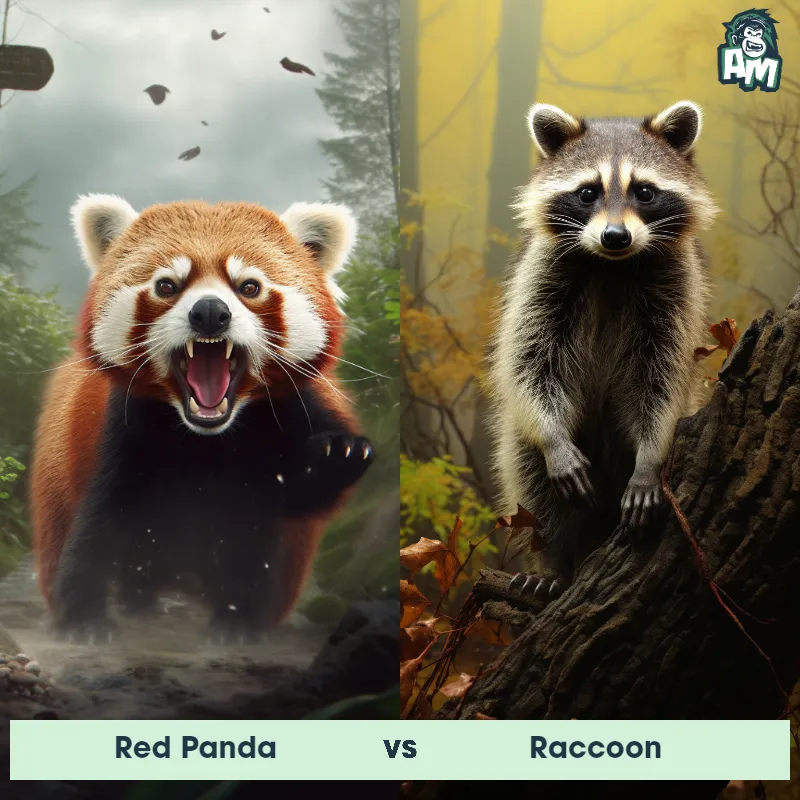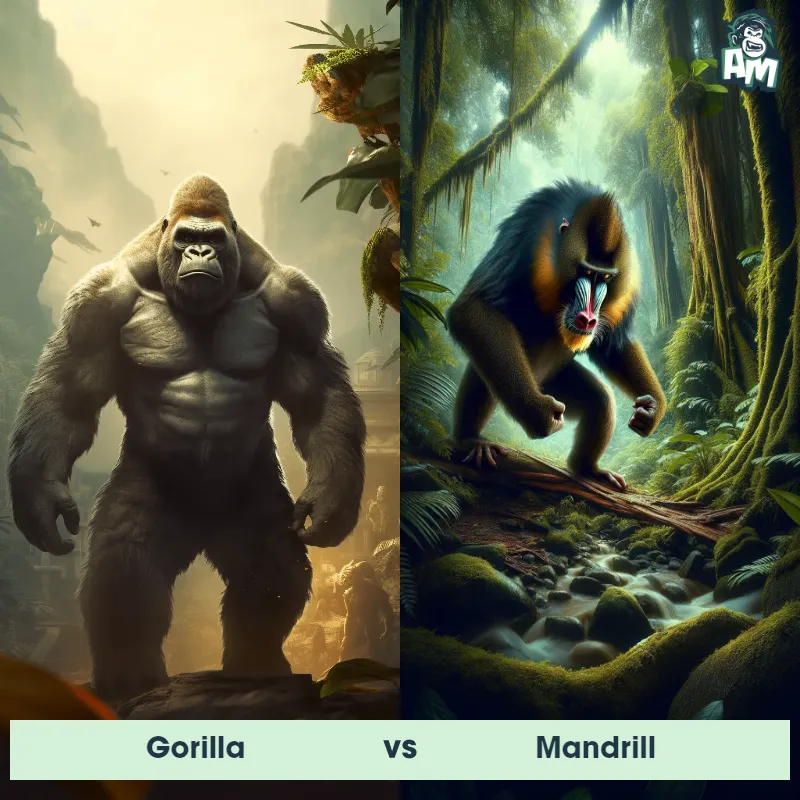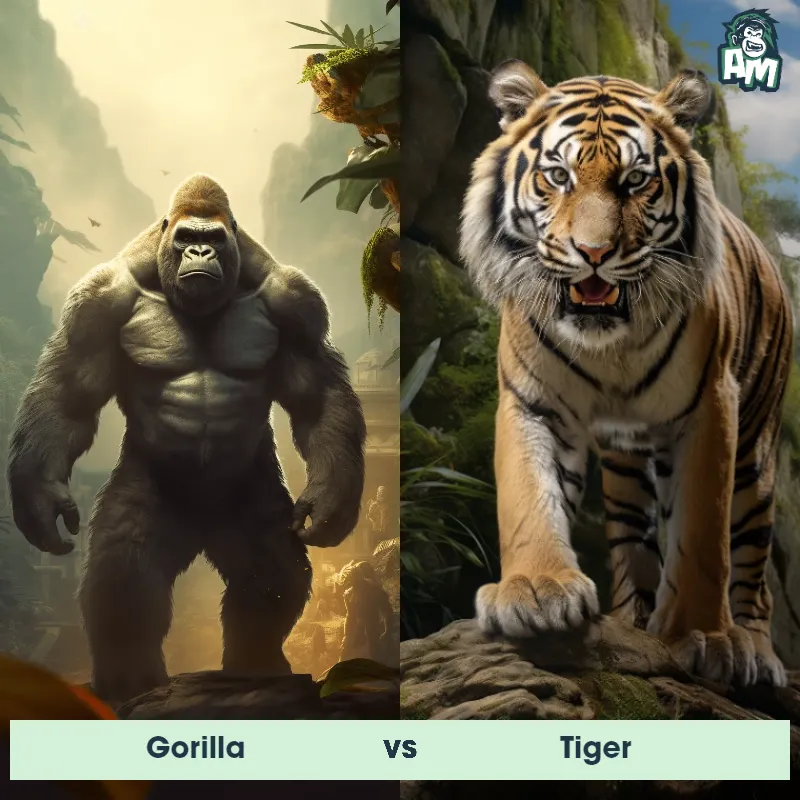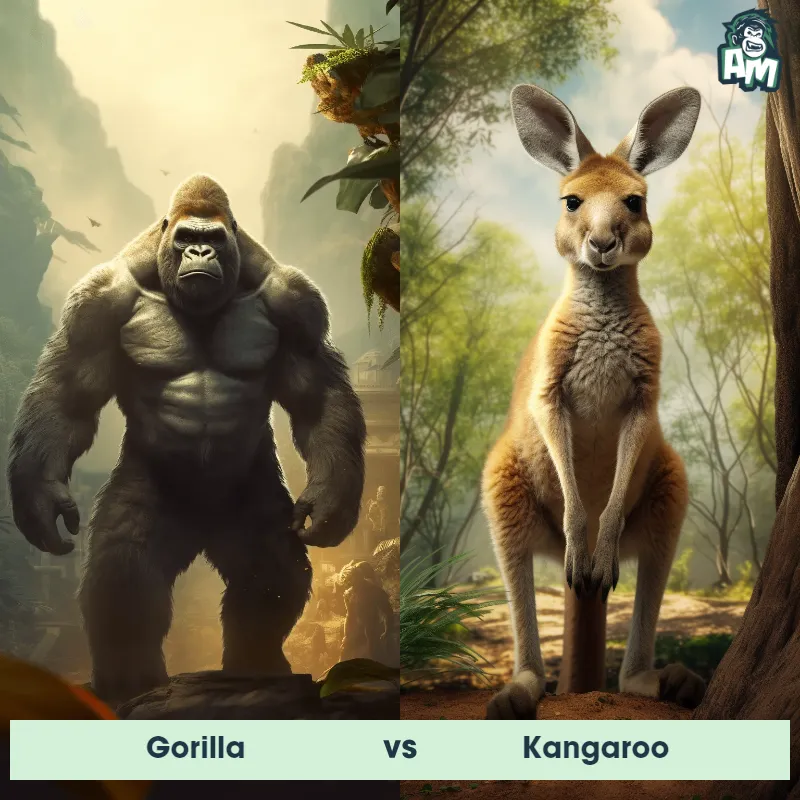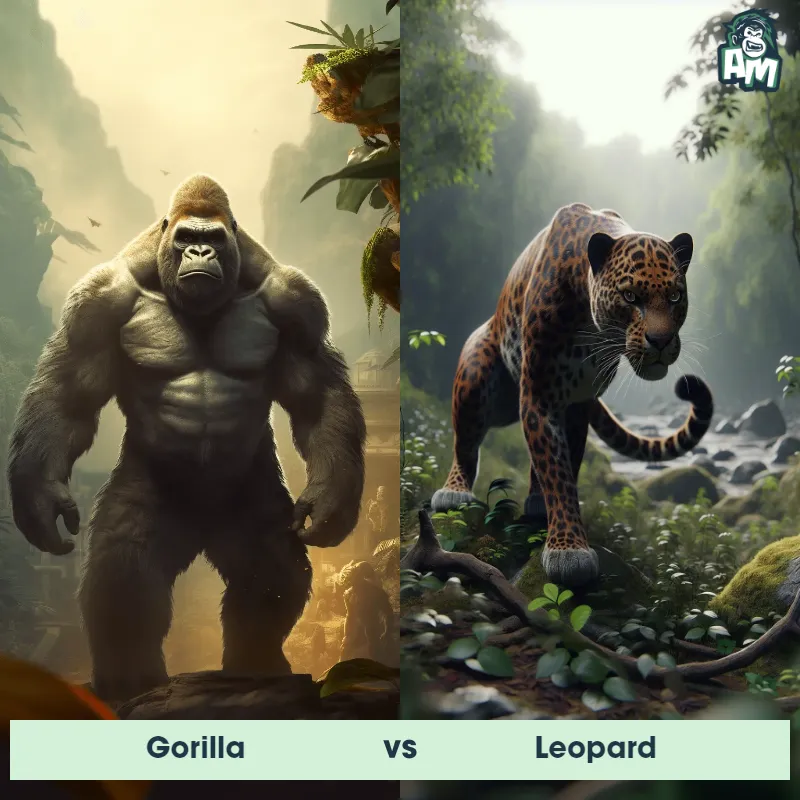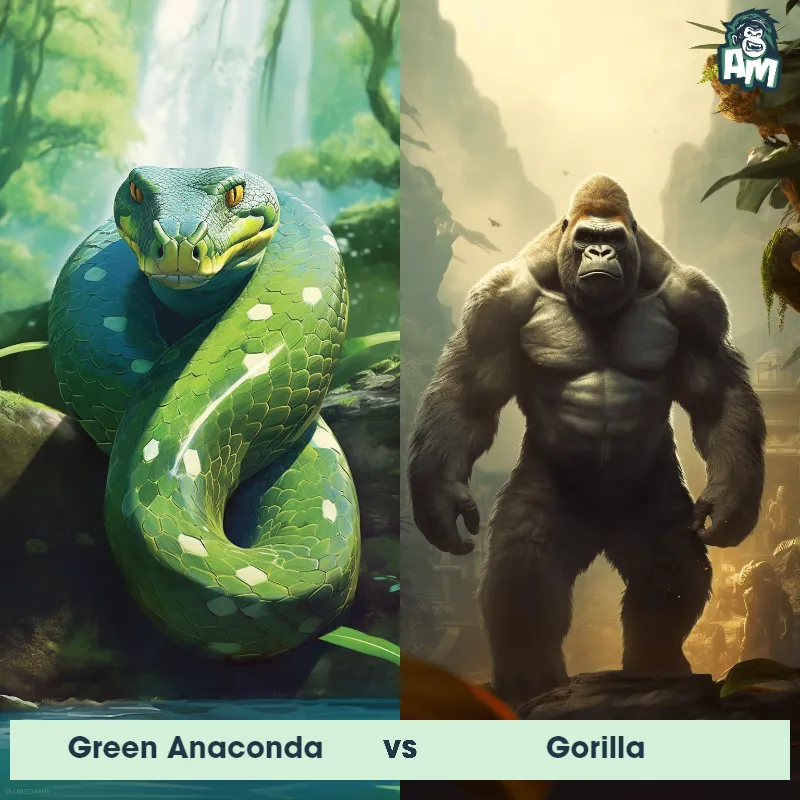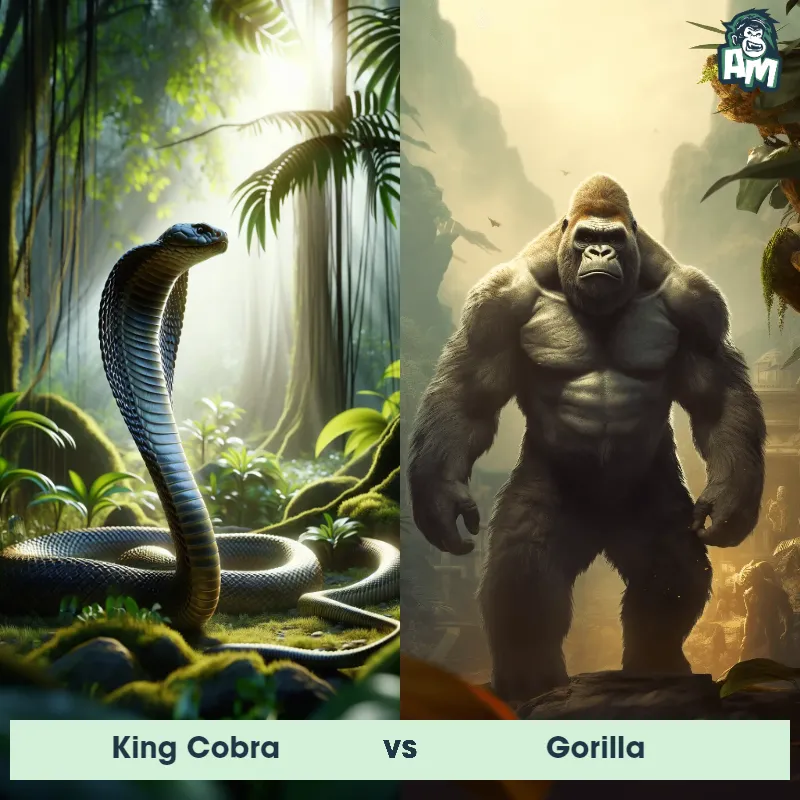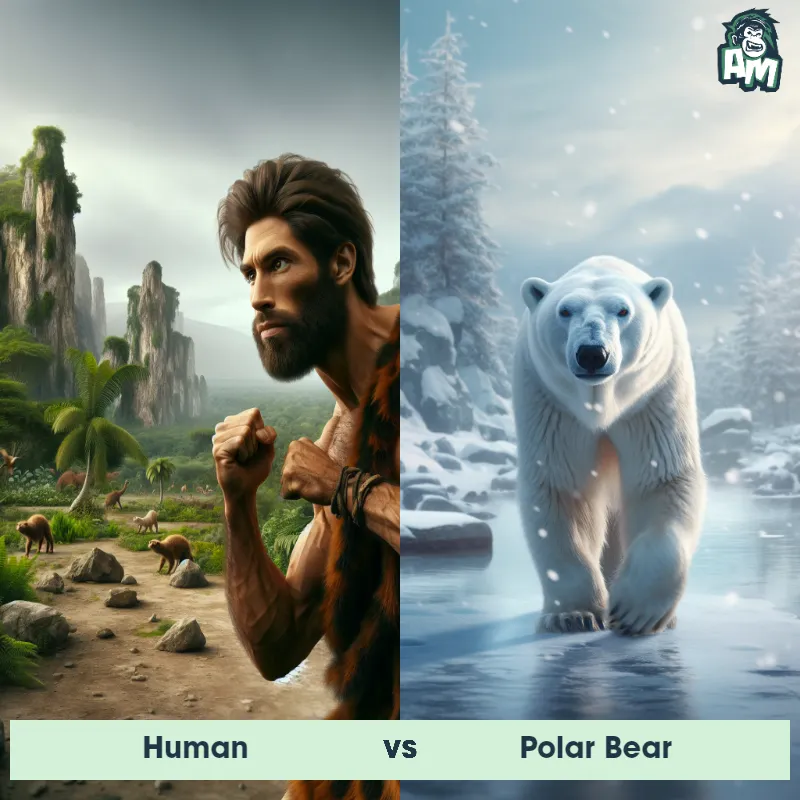Gorilla vs RaccoonSee Who Wins
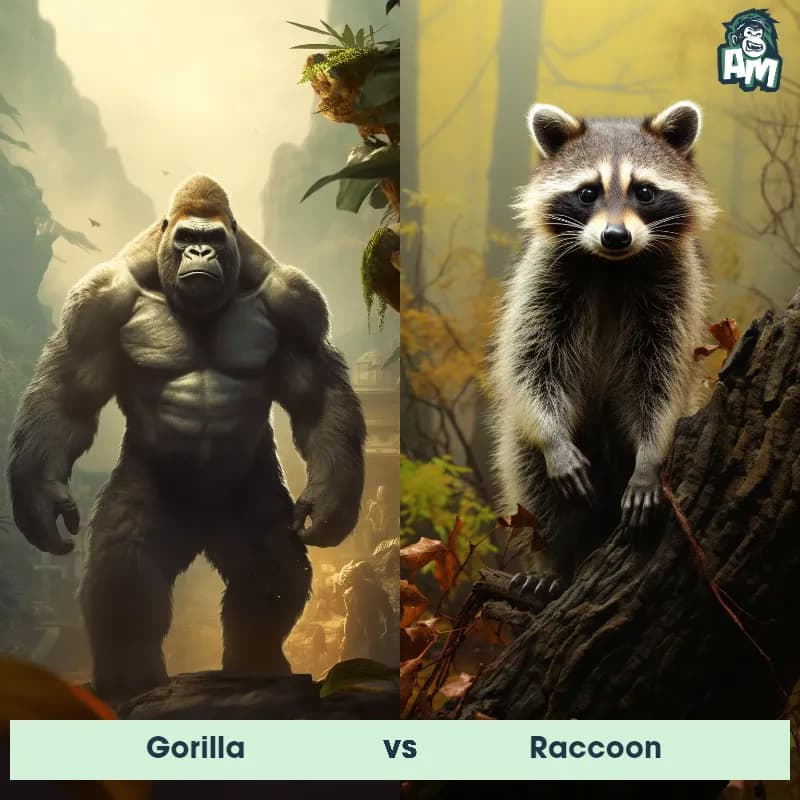
Welcome, ladies and gentlemen, to this captivating clash of the animal kingdom. We have an extraordinary contest lined up for you tonight. In one corner, we have the mighty Gorilla, towering with strength and power. And in the other corner, we have the cunning Raccoon, agile and equipped with razor-sharp wit. Let's dive straight into the action and witness these formidable creatures go head to head!
Contender 1: Gorilla
The Gorilla is a large, powerful primate that is native to the forests of central and eastern Africa. They are known for their muscular build, with males weighing up to 400 pounds and standing up to 6 feet tall. Gorillas have a distinctive black fur coat and a broad, flat face with a prominent brow ridge. They are herbivores, primarily eating leaves, stems, and fruits, and live in social groups led by a dominant male.
Fun Fact: Gorillas are one of the few animals that have been observed using tools in the wild, such as using sticks to measure the depth of water or as a weapon to defend themselves.
Contender 2: Raccoon
The Raccoon is a medium-sized mammal native to North America, best known for its distinctive black "mask" over the eyes and bushy, ringed tail. These nocturnal creatures have a stocky build and grayish-brown fur. Raccoons are about 2 to 3 feet long and weigh between 10 to 20 pounds. Known for their dexterity, raccoons have nimble hands that they use for a variety of tasks, including opening trash cans and doors, which leads to their reputation as opportunistic feeders and scavengers.
Fun Fact: Raccoons are noted for their intelligence, with studies showing that they are able to remember the solution to tasks for up to three years.
Matchup Stats
| Gorilla | Raccoon | |
|---|---|---|
| Size | Up to 6 feet (1.8 meters) | 2 to 3 feet long (60 to 90 centimeters) |
| Weight | Up to 400 pounds (181 kilograms) | 10 to 20 pounds (4.5 to 9 kilograms) |
| Speed | Speed: 20 mph (32.19 km/hr) | 15mph (24km/h) |
| Key Strength | Powerful arms and large size | Dexterity and intelligence |
| Biggest Weakness | Vulnerable to attacks on the head and neck | Lack of size and strength compared to larger predators |
Current Votes
Gorilla vs Raccoon
See Who Wins
View More Matches
Looking For More?
Similar Matches
Scientific Stats
| Gorilla | Raccoon | |
|---|---|---|
| Scientific Name | Gorilla | Procyon lotor |
| Family | Hominidae | Procyonidae |
| Habitat | Forests | Forests, mountainous areas, coastal marshes, and urban areas |
| Geography | Central and Eastern Africa | North America |
| Diet | Herbivore | Omnivorous, eating berries, insects, eggs, and small animals, as well as trash and pet food in urban areas |
| Lifespan | 35 years - 50 years | 1.5 years - 3 years |
Key Differences between Gorilla and Raccoon
- Habitat and distribution: Gorillas are native to the forests of Central and East Africa, primarily inhabiting lowland tropical rainforests and mountainous regions. Raccoons, on the other hand, are found in North and Central America, occupying a variety of habitats including forests, marshes, and urban areas.
- Facial features: Gorillas have a prominent sagittal crest on their forehead, large dark eyes, and a broad, flat nose. In contrast, Raccoons have a pointed muzzle, a distinctive black mask around their eyes, and a noticeable ringed tail.
- Color: Gorillas have dense, dark fur that can range in color from black to various shades of brown. Raccoons, on the other hand, have a predominantly grayish-brown fur with darker patches and a lighter gray underbelly.
- Size: The Gorilla is much larger than the Raccoon, with adult males weighing up to 400 pounds and standing over 5 feet tall, while Raccoons usually weigh between 10-30 pounds and grow to approximately 2-3 feet in length.
- Limbs: Gorillas have long and powerful arms with hands adapted for knuckle-walking, while their hind limbs are relatively shorter. Raccoons have four limbs that are more balanced in proportion, enabling them to both climb and walk on all fours.
- Body shape: Gorillas have a robust and muscular body with a stocky build, while Raccoons have a more slender and agile physique, capable of climbing trees and navigating small spaces easily.



